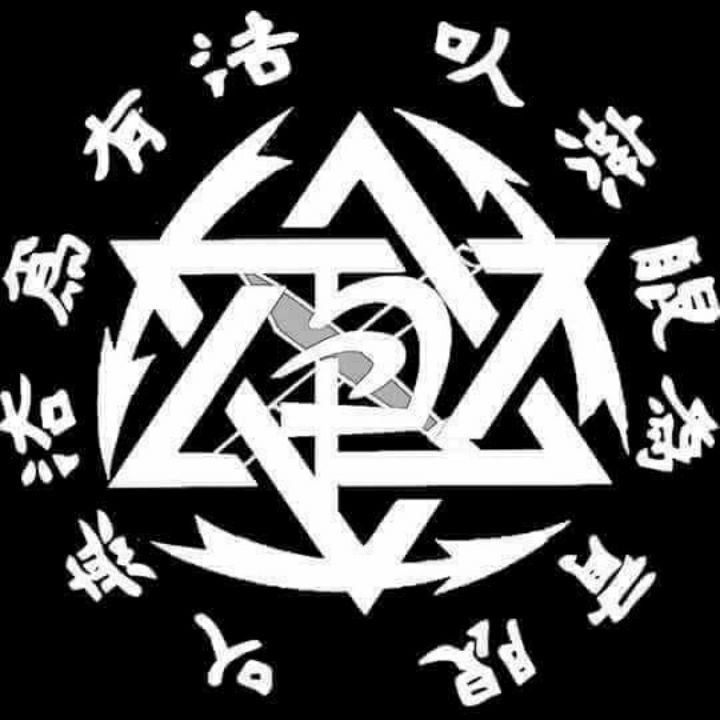Embarking on the Journey of Self-Discovery: The Essence of Jeet Kune Do
- Sifu Jeramiah Giehl

- Mar 23, 2024
- 2 min read
Bruce Lee's vision of Jeet Kune Do (JKD) transcends the realm of combat—it's a pathway to self-discovery and personal growth. "Follow your heart," he would say, emphasizing the importance of individuality and the pursuit of inner truths.
For Bruce, JKD wasn't an endpoint but a means to delve into the depths of self-understanding. It was a tool for researching freedom, acting naturally and effectively not only in combat but in the intricate dance of life. The martial arts, according to Bruce, thrived where absolute freedom existed. Training demanded more than technical prowess; it necessitated a profound self-knowledge that could shape one's character into a more beautiful and symmetrical form.
Bruce's relentless pursuit led to the development of a comprehensive martial art philosophy. He believed that real mastery in martial arts required a deep penetration into its inner spirit. Training wasn't just about combat proficiency; it was a journey of self-improvement. He refused to confine his insights into set rules, encouraging a fluid and adaptable approach.
He imparted to his students the idea that personal truths are subjective and experience-dependent. "My truth will not be your truth," he would emphasize. Bruce aimed not to instruct but to inspire critical thinking, nurturing discerning minds in his students.
Bruce likened the process of learning to that of a sculptor, chiseling away the non-essentials to reveal the essence. JKD, he contended, was a daily decreasing—an ongoing refinement of understanding rather than a mere accumulation of knowledge.
While some may see learning as the accumulation of knowledge, Bruce emphasized the significance of repeated experiences. He envisioned students to actively participate in the quest for understanding, to experiment and experience his concepts firsthand. A teacher, in his view, was a pointer to the truth, not the giver of truth.
Bruce's key principle aimed to liberate students from the constraints of styles and systems. He advocated for creative individuality, emphasizing that the living, breathing practitioner was more important than any created system or style.
As the Jeet Kune Do Society emerged, debates arose about the path the art would take. Bruce's legacy, embodied in the "Bruce Lee Clan," encompasses diverse interpretations and paths. Each descendant follows a unique trajectory, preserving Bruce's teachings while exploring their individual perspectives.
In closing, let these words resonate—a poem written by Dan Inosanto in 1979:
"We are all climbing different paths through the mountain of life. And we all have experienced much hardship and strife. There are many paths through the mountain of life. And some climbs can be felt like the point of a knife. Some paths are short and others are long. Who can say which path is right or wrong? The beauty of truth is that each path has its own song. And if you listen closely you will find where you belong. So climb your own path true and strong but respect all other truths, for your way for them could be wrong." - Dan Inosanto
In the spirit of Jeet Kune Do, let this journey be one of continual self-discovery, growth, and respect for the diverse paths we all tread.

Comments